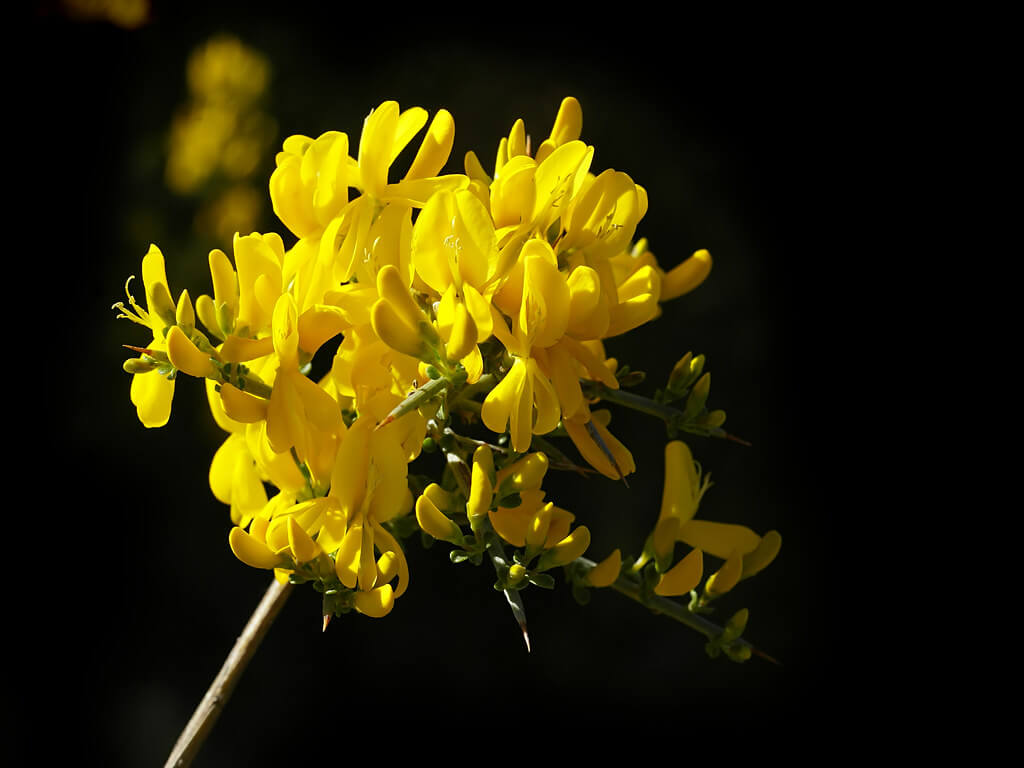Australian Plant Census (2011) available at: Vascular Plants APNI (biodiversity.org.au)
Australia's Virtual Herbarium (AVH) (2008). Council of Heads of Australian Herbaria (CHAH). Available at: Home - AVH (chah.org.au)
Blood, K. (2001). Environmental Weeds: A Field Guide for SE Australia. CRC Weed Management Systems. CH Jerram & Associates-Science publishers, Victoria.
Brookes, M. and Barley, R. (1992). Plants Listed In Nursery Catalogues in Victoria 1855 -1889. Ornamental Plant Collections Association Inc., Victoria.
Carr, G.W., Yugovic, J.V. and Robinson, K.E. (1992). Environmental Weed Invasions in Victoria: Conservation and Management Implications. Department of Conservation and Natural Resources and Ecological Horticulture, Victoria.
Jeanes, J.A. (1996). Calicotome in: Walsh, N.G. & Entwisle, T.J. (Eds), Flora of Victoria Volume. 3, Inkata Press, Melbourne.
Muyt, A. (2001). Bush invaders of south-east Australia, a guide to the identification and control of environmental weeds found in south-east Australia. R.G. & F.J. Richardson, Victoria
National Herbarium of Victoria (2008). Specimen information from MELISR database. Available at: Royal Botanic Gardens Victoria (rbg.vic.gov.au)
Parker, C. (2008). Western Australian Herbarium, Perth. Personal communication. Parsons, W.T. and Cuthbertson, E.G. (2001). Noxious Weeds of Australia. CSIRO Publishing, Victoria.
Reid, J.C. (2008). National Herbarium of Victoria, Melbourne. Personal observation.
Webb, C.J., Sykes, W.R. and Garnock-Jones, P.J. (1988). Flora of New Zealand, vol. 4, D.S.I.R., Christchurch, New Zealand.
Victorian Resources Online (2007). Potential distribution of Spiny Broom (Calycotome spinosa) in Victoria Department of Primary Industries Victoria. Available at: Potential Distribution of Spiny broom (Calicotome spinosa) in Victoria (Nox) | VRO | Agriculture Victoria
Western Australian Herbarium (1998-). FloraBase - The Western Australian Flora. Department of Environment and Conservation. Available at: Florabase—the Western Australian Flora (dbca.wa.gov.au)



































